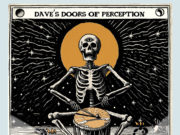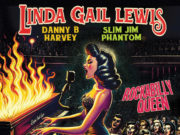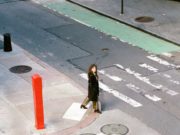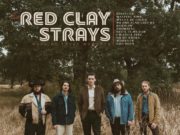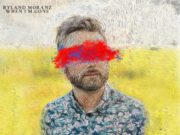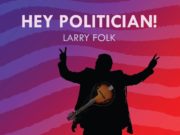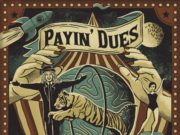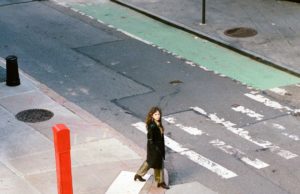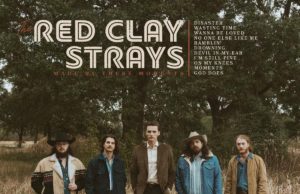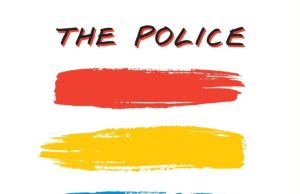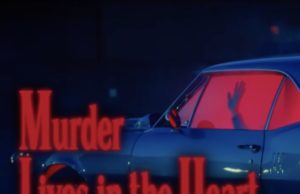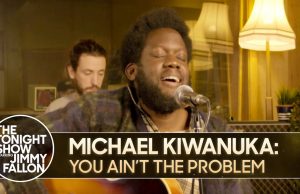THE EDITED PRESS RELEASE: “Color de Trópico is a carefully compiled work of healing and reconstruction, documenting a special moment in the history of Venezuelan music, when the country’s democracy was just a few years old and the profound impact of the oil industry on society had only just begun. DJ El Palmas and El Dragón Criollo have chosen eight impossibly hard-to-find jewels, originally released between 1966 and 1978, reissued here for the first time on vinyl.
In this period, Venezuelan musicians assimilated a wide range of influences and styles, both local and global, to generate something new, a “modern” identity for Venezuelan music; artists who set their eyes on the future without giving up the search for their own sabor (flavour). This is how jazz, rock, salsa, funk, psych, prog and disco, sat next to guajira, cumbia, cha-cha-cha and even the hugely-popular Venezuelan style of joropo. It started a long tradition of Venezuelan musical pioneers, many of whom are still to get the recognition they deserve.
Seconds after the needle drops on the vinyl, El Despertar (The Awakening) kicks off things with a goodbye for it was the last single Los Darts released before their dissolution in 1974. In the ’60s they became the youthful face of pop, however, El Despertar settles into a later maturity, having digested the tumult of the times. A cha-cha-cha rhythm with bossa nova piano, bluesy stylings and a Caribbean context — a blueprint for tasty miscegenation — with the use of electric guitar, arriving in waves of chords, signalling the onset of modernity.

Guajira con Arpa by the pioneering Hugo Blanco, who lists the creation of countless rhythms and his early adoption of rhythms like ska amongst his claims to fame, is a fusion that arrives without complexities. It approaches indigenous forms from a multitude of different angles, yet in the middle of its Caribbean approach it creates a melody so close to the pajarillo that the song seems to flip on its head.
With Zambo the party is on. Here we have an all-star line-up comparable to master Cortijo’s brief project with his Time Machine in Puerto Rico. Alex Rodríguez, one of the most important jazz guitarists in Venezuela and his Retreta Mayor give a twist to the fusion by daring to venture into Latin jazz, funk and salsa.
Gaita Universal by El Combo Los Capri gives us a moment of solace, recalling the cultural, rhythmic and even spiritual brotherhood of Venezuela not only with the Caribbean but with the continent, South America and neighbouring Colombia. This cumbia is special, it interweaves musical phrases in the style of a popular party wanting to propose the permanence of culture. Rhythm is the point of union between all human beings and, as its name indicates, its proposal goes beyond the physical and particular. It’s pure tropical hedonism.
Nelson y sus Estrellas reminds us once again of the Caribbean wave but here under his “urban” outfit. Nelson plays guaguancó in the style of original salsa, specifically in this version (the theme evolves over time) with a disco-soul twist on Fantasía Latina. It takes the sound of early masters like Eddie Palmieri but is developed with eclectic elements, a climatic structure in which a trumpet with vibrato, salsa-rock riffs with acoustic guitars and a flute that, unlike the charangas in those that Johnny Pacheco partook at the same time, rather have a cinematic character.
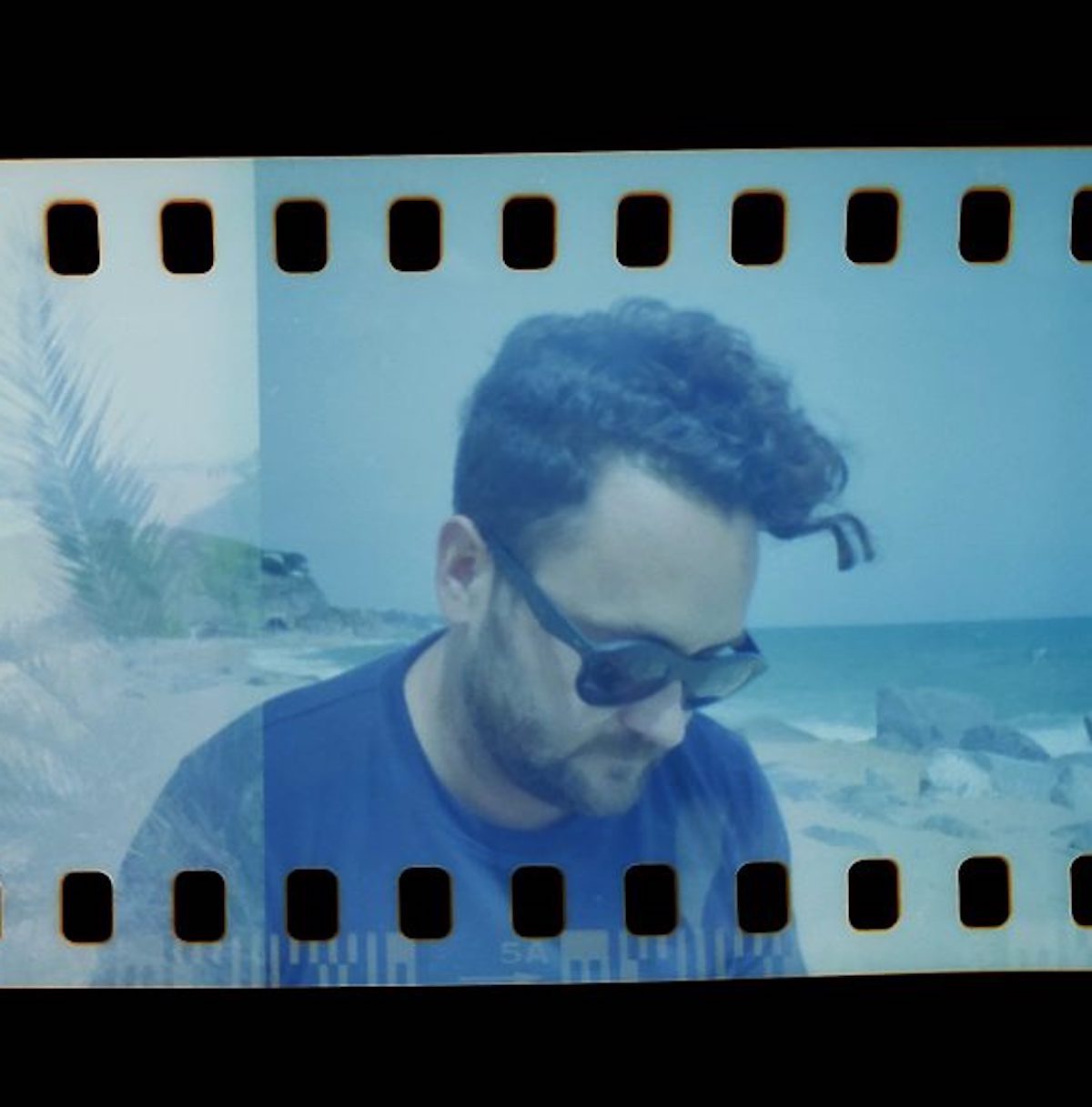
The cosmic Tu y Yo from Almendra plots a journey between soul-jazz and psychedelia that sails over a Moog until ending as a P-Funk descarga. Despite the fact that the principal instruments are an organ and a synthesizer, the acoustic guitar provides a unique colour. A tropical psychedelic journey from beginning to end seasoned with congas.
The album closes with Tulio Enrique León y Su Organ playing Bimbom, a European pop-styled track from 1975. It’s a version of Bimbo Jet’s Eurodisco El Bimbo that immediately became famous among popular easy listening orchestras throughout summer in Europe. Tulio shines by turning it into an enigmatic and spectral cumbia. Tulio was an organist whose blindness did not prevent him from becoming one of the most popular artists in the world, as cited by Billboard in 1965.
We have left the politically incorrect Socorro, Auxilio by Germán Fernando for the end. According to music journalist Alfredo Churión, “those who saw him attested to having witnessed something indescribable”, a mysterious man who doubted even his sanity and of whom today practically nothing is known. He was someone who dared to show a completely foreign effrontery, signing unintelligibly, moving frantically and throwing himself to the ground before the stunned gaze of his audiences. Venezuelan writer Luis Armando Ugueto states: “his art could go from the sublime to bad taste — and it was craved by the press — when he subjected viewers to strange songs where he pleaded for socorro and auxilio [help].” Fernando had a histrionic proposal that was a thousand times misunderstood and that even popular presenters of the time like Renny Ottolina dubbed “his follies.” A theme close to the jazz orchestra soundtracks of James Bond and Batman accompanies the showman here who comes across like a creole Screamin’ Jay Hawkins. He creates a whirlwind of sound that, while as agile as a featherweight, is also capable of knocking out all the old ideas we had about Venezuelan music.”


